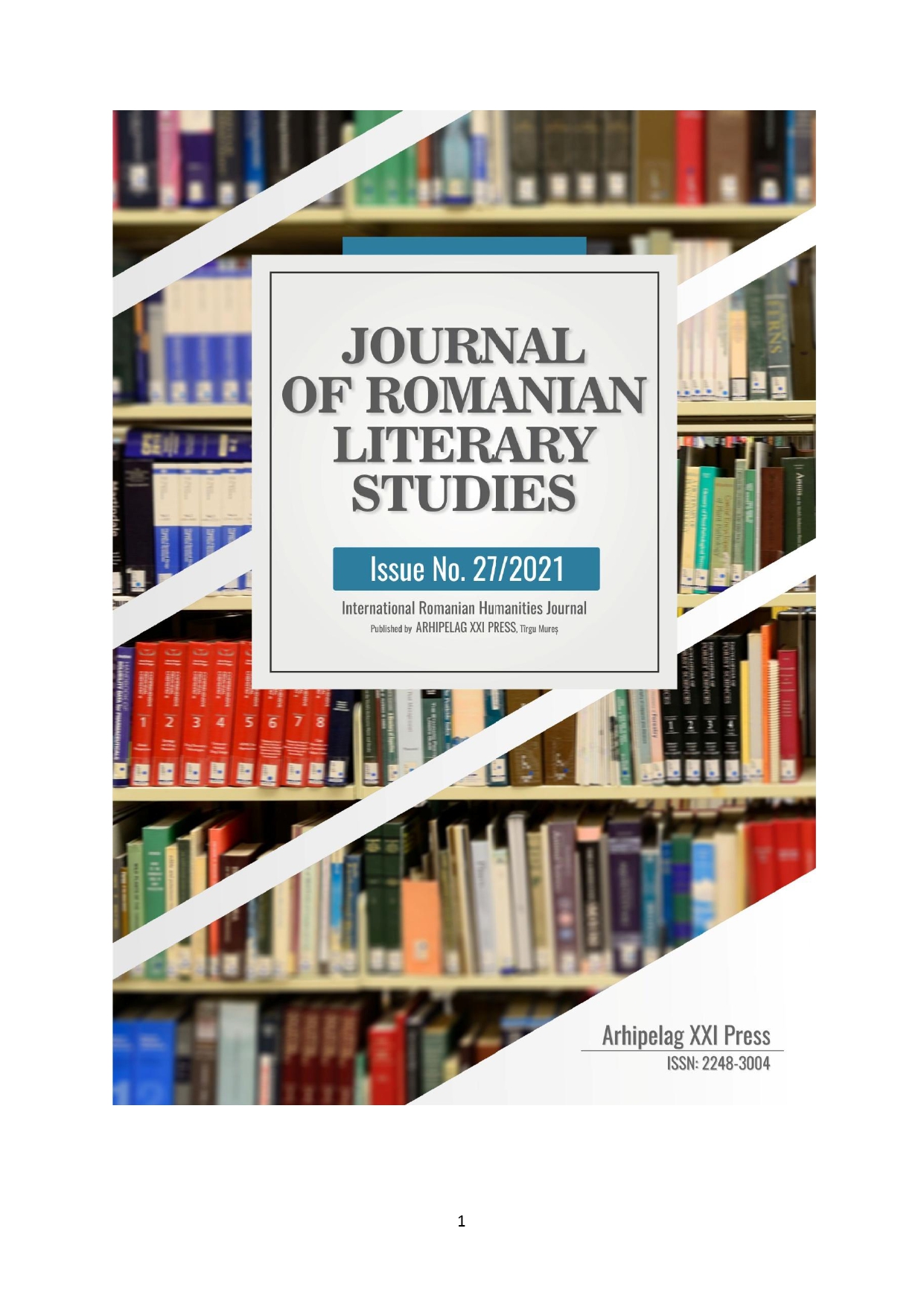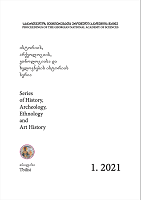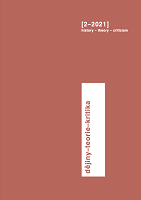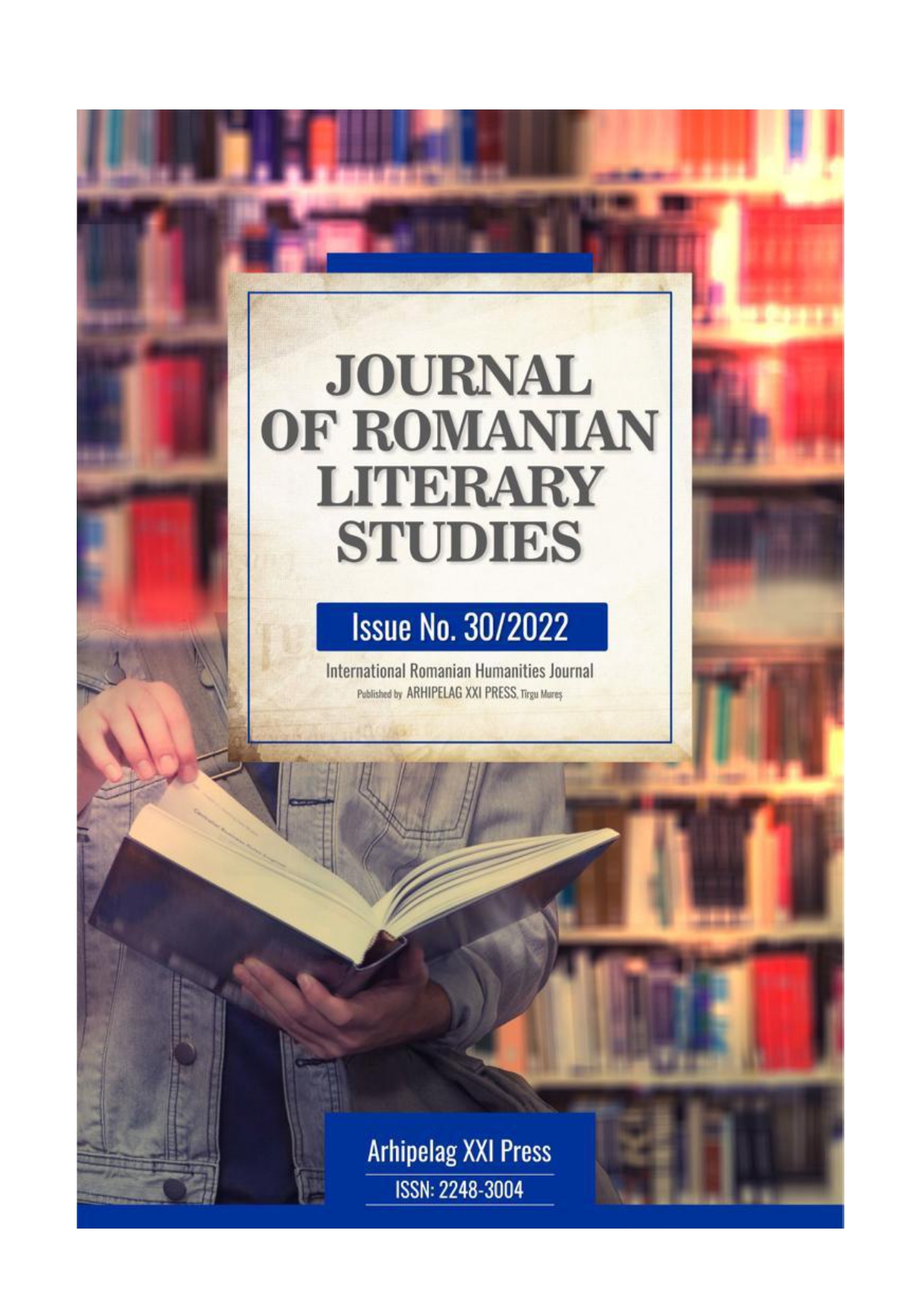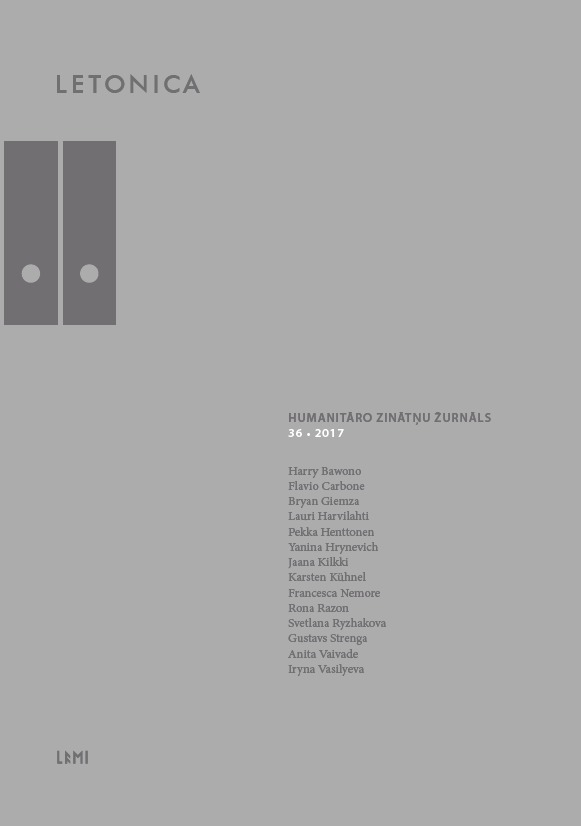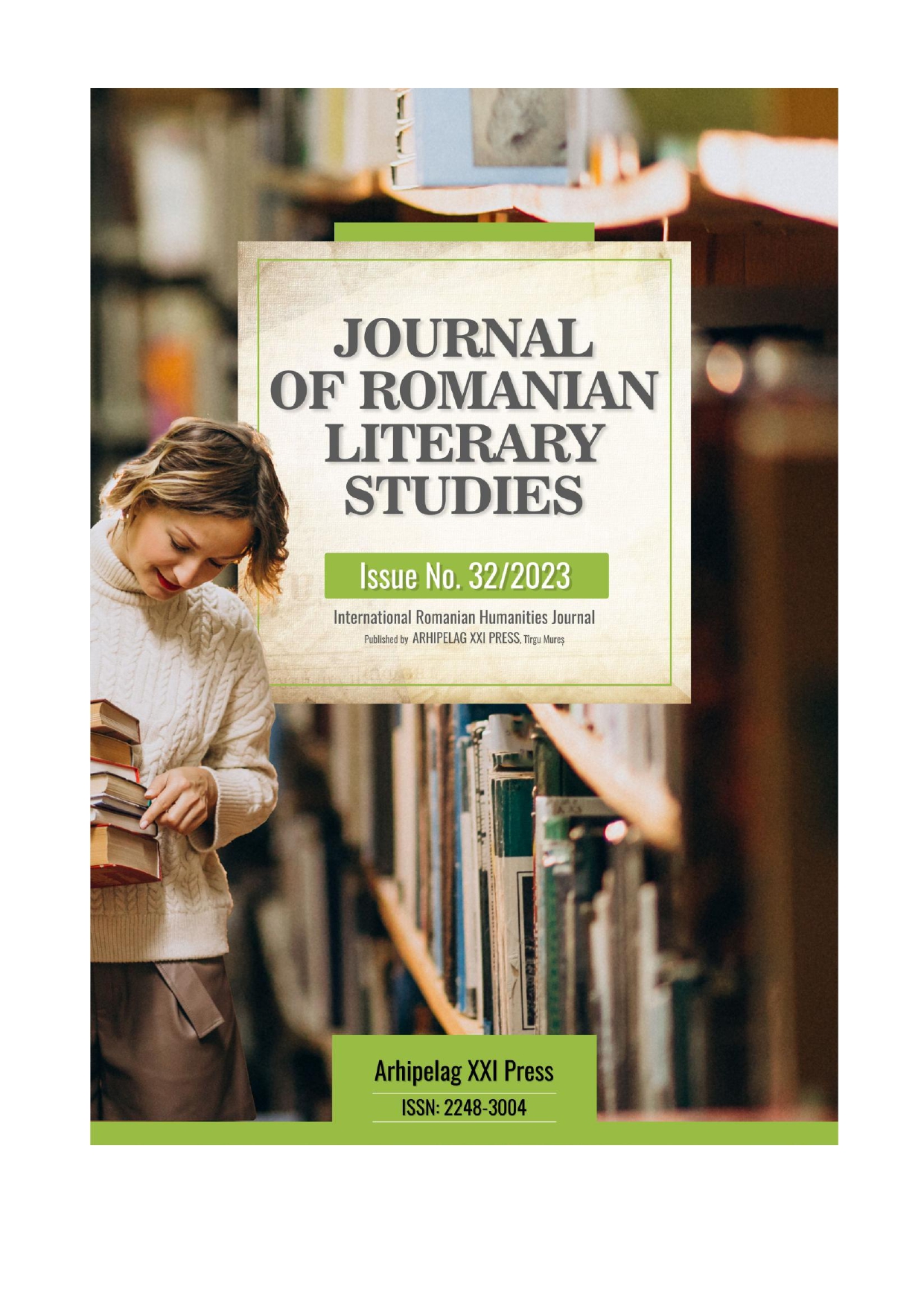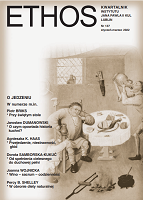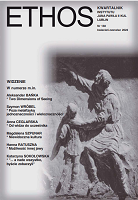Author(s): Jaba Samushia / Language(s): Georgian
Issue: 1/2021
John the Hagiorite and Eutymius the Hagiorite’s contribution to the revival of monastic life at Mount Athos and to the development of Georgian and Byzantine literatures have been adequately described in scholarly works; however, there are individual issues still attracting historians and philologists’ attention. The present paper will address a problem of interrelationsips of individual parts of the Georgian redaction of the comprehensive version of the joint life of John and Euthymius, Georgian synaxarion redaction, and the Greek “Life of John, Euthymius, and George the Athonites.” It will also discuss some significant historical records having reached our days thanks to this work. A comprehensive version of the life of John and Euthymius, as well as synaxarion and Greek redactions provide unique information about the histories of Georgia and Byzantium; the composition is particularly interesting for in terms of studying Athonite monks’ way of life. “The Life of our Fathers John and Euthymius and Recital of their virtuous works” by George the Hagiorite has been justly considered one of the distinguished specimens of Old Georgian literature. It has been investigated rather well by historians and philologists; hence, in the present paper I will not draw my attention to all the details. This kind of work has already been done by individual researchers. Iv. Javakhishvili regards George the Hagiorite, the author of of “The Life” of John and Euthymius, the best representative of Georgian literature referring to him as a renowned historian. K. Kekelidze provided a substantial study of sources George the Hagiorite applied; it was him who for the first time wrote about the existence of monastic records at Athos which were extensively used by the author. Besides, he made use of testaments, official letters, deeds. The composition by George the Hagiorite should have been preceded by a shorter redaction of “The Life” of Euthymius the Athonite being included in “The Big Synaxarion” as the first original Georgian synaxarion life. E. Gabidzashvili supposes that it was written in 1028-1029, assuming Basil, son of Bagrat, as its author. The shorter redaction of “The Life” was likely used by George the Hagiorite when he compiled its comprehensive version. Probably, it was this synaxarion redaction from which Georgian monks translated individual records for the Greek author in the early 18th century. This assumption is due to the coincidences being observable between the synaxarion reduction and individual parts of the Greek version. Before I discuss the issue in point, we should briefly address the original Greek composition “Lives and Virtuous Works of our Blessed and Divine Fathers – John, Euthymius, and George, Ktitors of our Holy and Greatest Georgian Monastery,” written in the earlier half of the 18th century. Initially, Georgian scholars thought that it was a Greek hagiographic work translated from Georgian; however, M. Machkhaneli’s study demonstrated that “βίος και πολιτεία” was an independent work belonging to the pen of a monk at the Iviron Monastry. The author makes use of various sources and, among them, of information provided by a Georgian monk. Here is how the author describes this detail: “I cannot say for certain who his parents were, while from those, who had read about him in Georgian books, we learnt they were from the royal family.” The Greek “Life” partly follows the Georgian synaxarion redaction; however, in some episodes, the author of “βίος” adds some other information as well. M. Machkhaneli believes that the Greek author made use of Greek folklore sources. The sources, cited by the scholar, should be appended by Greek written sources, specifically, the 984 well-known deed by Athanasius the Athonite to John the Athonite. I would like to add that individual details of Euthymius’ death in Constantinople should be ascribed to an unknowb source. The text os “βίος και πολιτεία” states that the tragic accident, having caused Euthymius the Athonite’s death, took place in the part of Constantinople called Plataea. The injured Holy Father “was taken to the house where he dwelt. There he was given holy communion, and, some days later, on May 13, departed.” A distinct text from this narrative is contained both in the comprehensive “Life” of the Athonite monks and in the synaxarion redaction. It is difficult to imagine that, in the 18th century, people at Athos would remember the name of the part of Constantinople where Euthymius the Athotine fell from the mule. I tend to assume that the author adopted the detail from a written source. The three sources are of great importance for the study of lives of Athonite fathers. Irrespective of the fact that the Greek “Life” was composed in the 13th century, individual details, rendered in it, append our knowledge of the founders of the Iviron Monastery, nothing to say about the composition by George the Hagiorite and the synaxario redaction. The three compositions are significant historical sources.
More...
